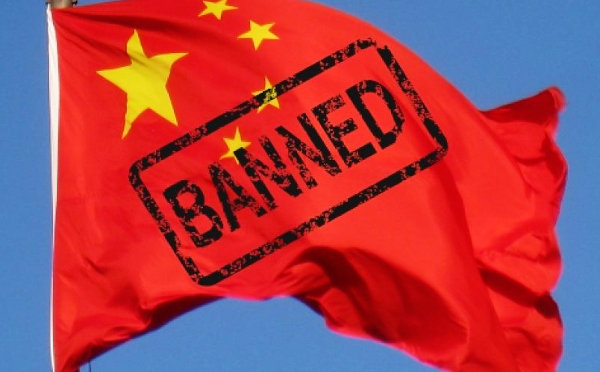Concerned over China’s unreliability as a supplier in the aftermath of the Covid-19 outbreak and frustrated with its perennial reluctance to grant India greater market access, the commerce ministry intends to diversify the country’s import base for as many as 1,068 products, including 168 important ones, to curb excessive reliance on Beijing.
The key products include auto parts, consumer electronics, electrical machinery, select steel and aluminium products, a source told FE.
The commerce ministry has identified alternative source of imports and shared its analysis with India’s overseas missions to “explore sourcing and export opportunities in their respective countries”.
The decision is also in sync with the recent collaborative effort of Japan, India and Australia to forge and expand a supply chain partnership, a move seen as countering the dominance of China in global trade.
At the same time, India is incentivising domestic manufacturing of key products through production-linked incentives (PLIs). A total of 13 PLI schemes — from auto and telecoms to food processing – have been announced this fiscal, involving incentives worth about `2 lakh crore over five years.
In a note for the Parliamentary Standing Committee on commerce, the ministry has conceded that despite heightened efforts in recent years to resolve market access issues by signing several protocols, Indian exports to China haven’t grown meaningfully.
Of the bilateral goods trade of almost $82 billion in FY20, India’s exports stood at only about $17 billion. Although India’s trade deficit with China seems to have fallen sharply from a record $63 billion in FY18 to less than $49 billion last fiscal, its trade balance with Hong Kong, considered a proxy for Beijing, exacerbated dramatically during this period.
Consequently, India’s effective trade deficit with China (after including Hong Kong) dropped only by about $4 billion – from $59 billion in FY18 to close to $55 billion in FY20, according to official data.
The massive trade balance in favour of China was an important topic of discussions even between Prime Minister Narendra Modi and Chinese President Xi Jinping, when they met in Wuhan, Qingdao, and an informal summit in Chennai in October 2019.
India mostly imports manufactured products and components in critical segments like consumer electronics, capital goods, computer hardware, active pharmaceutical ingredients, fertilisers, project goods, electrical machinery, etc. However, its exports to China are characterised by low-value primary goods, raw material and intermediate products mainly iron ore, copper, minerals, cotton, fisheries, spices, etc.
The ministry’s note for the House panel highlights that over the past two years, China and India signed various protocols to facilitate exports of Indian rice, fish meal, fish oil, tobacco leaves and Chilli meal, without much success. Several other protocols are under negotiation to catalyse supplies of Indian soyameal, soyabean, pomegranate and Okra to China.
However, as FE had recently reported, China’s recent import spree of farm commodities to take advantage of relatively stable global prices hasn’t benefitted India, thanks to Beijing’s restricted market access, through either tariff or non-tariff barriers. Between March and October, China’s imports of wheat shot up by almost 232%, year-on-year, while those of pork surged by 135%, corn by 102% and sugar by 23%. However, it barely imported these commodities from India.
Source: FE
You may also like
-
Trade Connect E-platform For Exports Is Single Window, Fast, Accessible And Transformational: Shri Piyush Goyal
-
Dot Simplifies Approval Processes For Telecom Licenses And Wireless Equipment
-
Coal Production and Supply Trends on Positive Trajectory
-
Union Minister To Release Booklets On Promotion Of Indigenous Species & Conservation Of States Fishes
-
2nd India-Japan Finance Dialogue held in Tokyo on 6th September, 2024
